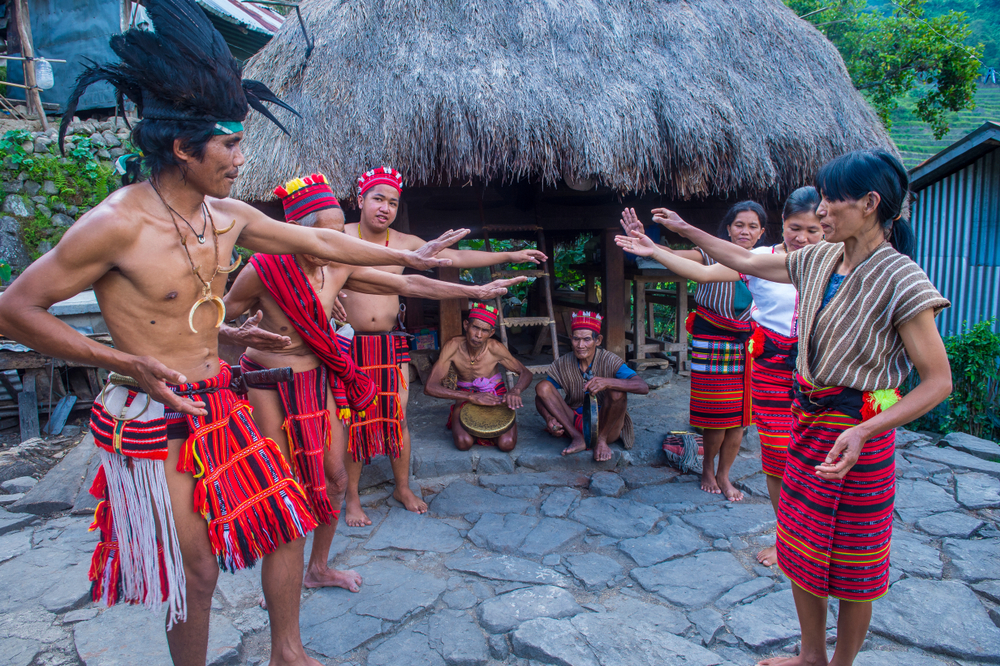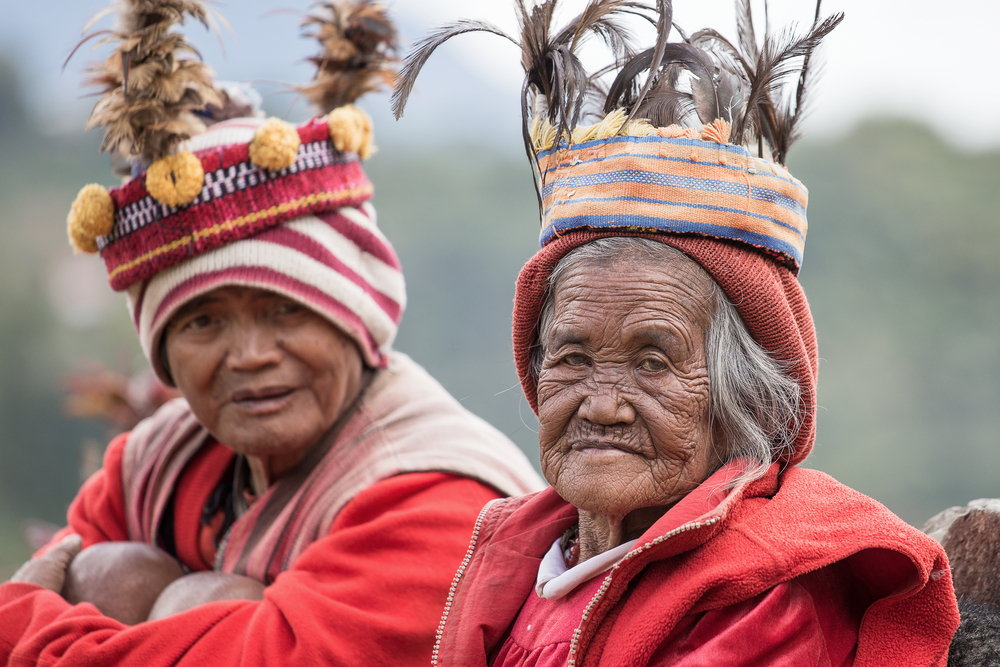Looking to promote the Philippines as a go-to destination, the Department of Tourism (DOT) is calling on holidaymakers by showcasing the country’s rich cultural heritage.
The Philippines, a country where the ancient still thrive, is enticing travellers to come and experience its native culture first-hand. The tourism bureau is shining the light on authentic engagement with local communities, which includes visits to tribal villages.
Many of the tribes continue to express their culture through woven cloth and elaborate traditional costumes that they continue to wear today. Once such tribe is the Badjao, which resides in the islands of Sulu in the southern part of the country. Aside from living their lives off the sea, they’re known for their artistically-woven cloth and colourful sails. The majority of the Badjaos practice Islam and continue to perform traditional songs and dance.

In the north, the Igorots reside in the Cordillera mountain ranges. They are known to be rice-cultivators. In fact, the Ifugaos, a variety of the Igorot tribe, built the Banaue Rice Terraces — one of the most famous historical and architectural attractions in the Philippines.
Meanwhile, the Lumad is a term used to refer to the tribes comprising the eastern parts of Mindanao. They are known for tribal music that makes use of unique instruments they have constructed from local materials.

Not far from the major city of Davao in Mindanao is the island of Samal, where one can visit the tribal village of Tagbaobo. Here visitors are able to join the tribe and share in a local feast of locally caught seafood and traditional sweets. Local children also perform traditional dances and through a guide, can hear of local traditions and folklore.
The Philippines is home to 7,107 islands and more than 175 ethnolinguistic groups. This means that there a lot of opportunities in the islands to come face-to-face with ethnic groups still practising a traditional way of life.








